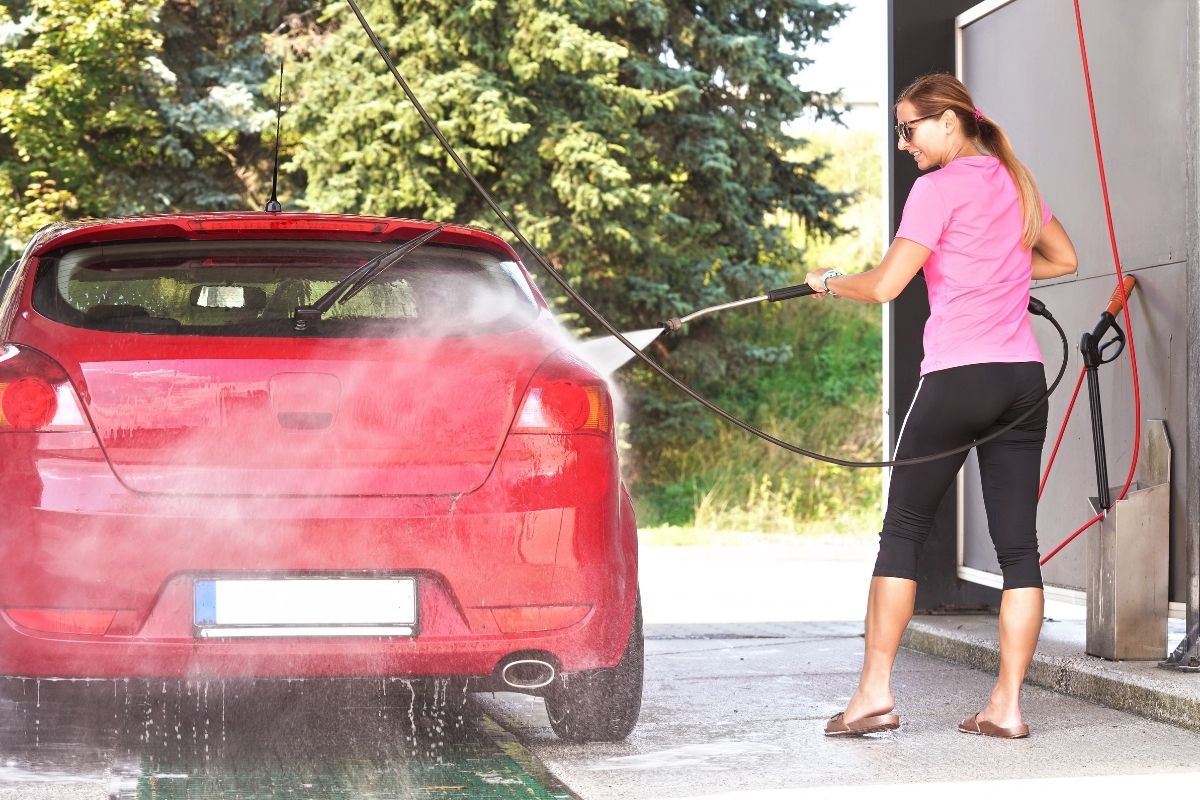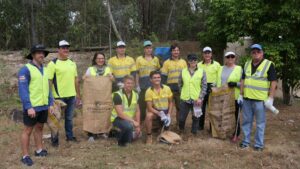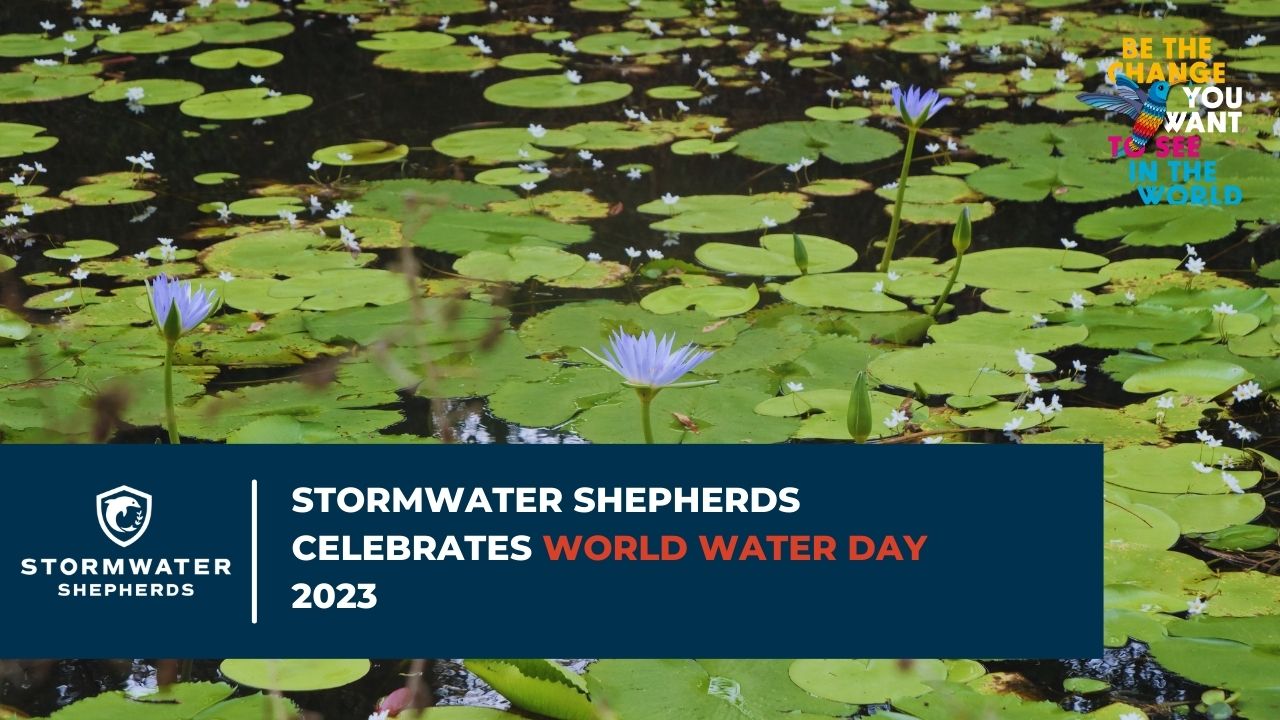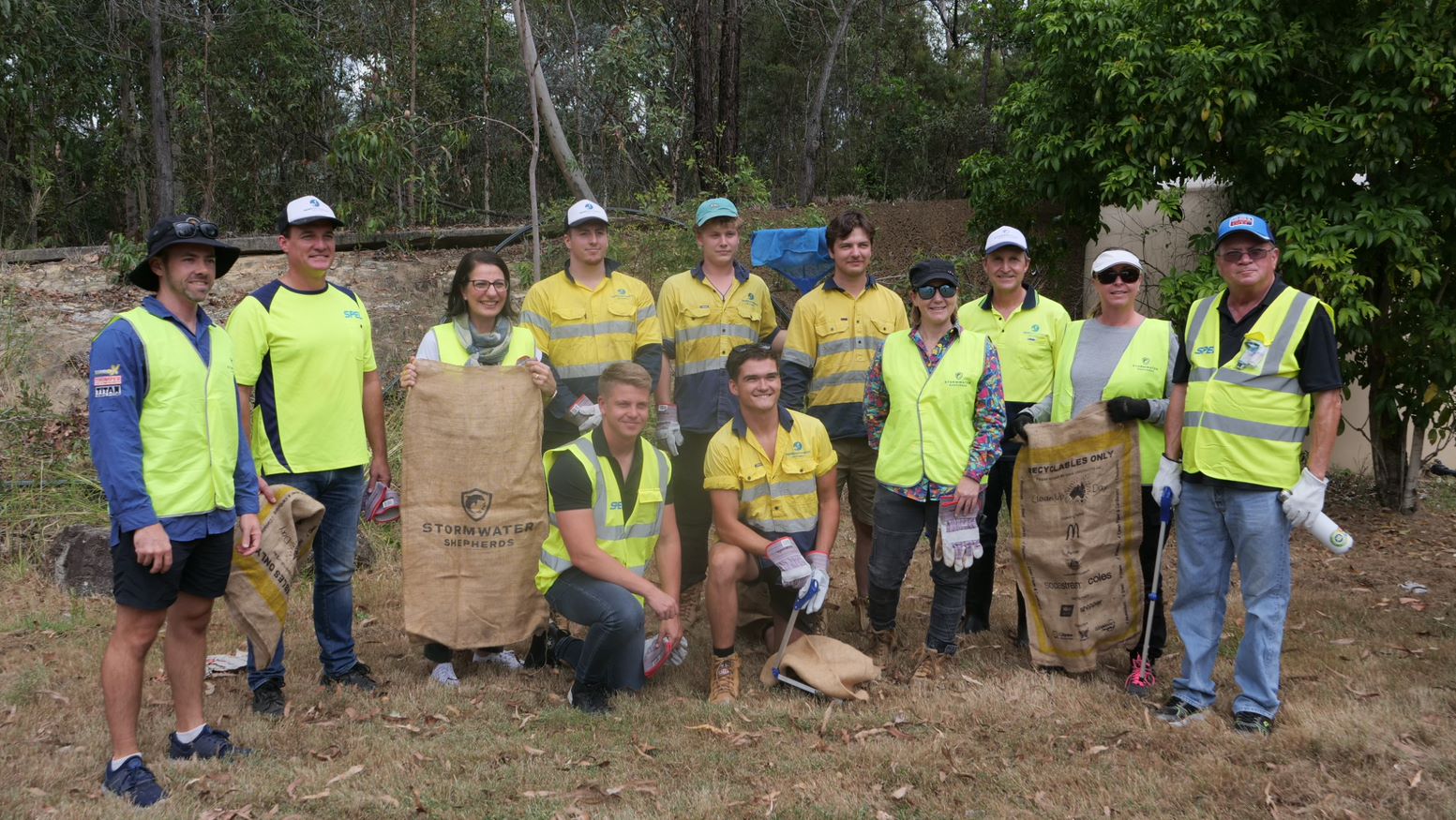Originally appeared on SMRC
Description
This management measure involves educating the general public on the water quality impacts of the outdoor washing of automobiles and how to avoid allowing polluted runoff to enter the storm drain system. Outdoor car washing has the potential to result in high loads of nutrients, metals and hydrocarbons during dry weather conditions in many watersheds, as the detergent-rich water used to wash the grime off our cars flows down the street and into the storm drain. Commercial car wash facilities often recycle their water or are required to treat their wash water discharge prior to release to the sanitary sewer system, so most stormwater impacts from car washing are from residents, businesses and charity car wash fundraisers that discharge polluted wash water to the storm drain system. Two surveys of households who wash their own cars in Washington state found 60% of residents could be classified as “chronic car-washers,” i.e., they washed their car at least once a month (Smith, 1996 and Hardwick, 1997). Between 70 and 90% of residents reported that their car wash water drained directly to the street, and presumably, to the nearest stream. It has been estimated that 25% of the population of the United States may be classified as chronic car washers, which translates into about 27 million potential residential car wash polluters (CWP, 1999). For more information see Understanding Watershed Behavior, Article 126 in The Practice of Watershed Protection.
Applicability
Car washing is a common routine for residents and a popular way for organizations such as scout troops, schools, and sports teams to raise funds. This activity is not limited by geographic region, but its impact on water quality will be greatest in more urban areas with higher concentrations of automobiles. Currently, only a few pollution prevention programs incorporate proper car washing practices as part of an overall message to residents on ways to reduce nonpoint source pollution. Other programs have extended this message to include charity car washes and provide these charity groups with equipment and training to alleviate the problems associated with polluted wash water entering the storm drain system.
Implementation
The development of a prevention program to reduce the impact of car wash runoff includes outreach on management practices to reduce discharges to storm drains. Some of these management practices include:
- Using a commercial car wash.
- Washing your car on gravel, grass or other permeable surfaces.
- Blocking off the storm drain during charity car wash events or using a insert to catch wash water.
- Pumping soapy water from car washes into a sanitary sewer drain.
- If pumping into a drain is not feasible, pumping car wash water onto grass or landscaping to provide filtration.
- Using hoses with nozzles that automatically turn off when left unattended.
- Using only biodegradable soaps.
Storm drain stenciling programs emphasize the connection between the storm drain system and runoff and help reinforce that car washing activities can have an affect on local water quality.
In the Pacific Northwest, outreach programs provide materials to charity car wash organizers to prevent car wash water from entering storm drains. These “water friendly”car wash kits are provided free of charge to charity organizers along with training and educational videos on planning an environmentally friendly car wash. Two types of equipment are available for charity organizations to borrow; a catch-basin insert with a sump pump or a vacuum/boom device known as a Bubble Buster (Kitsap County, 1999). Both devices capture wash water runoff, allowing it to be pumped to either a sanitary sewer or a vegetated area for treatment.
For businesses, good housekeeping practices can minimize the risk of contamination from wash water discharges. Table 1 gives some general best management practices that those businesses that have their own vehicle washing facilities can incorporate to control the water quality impacts of wash water discharges.








